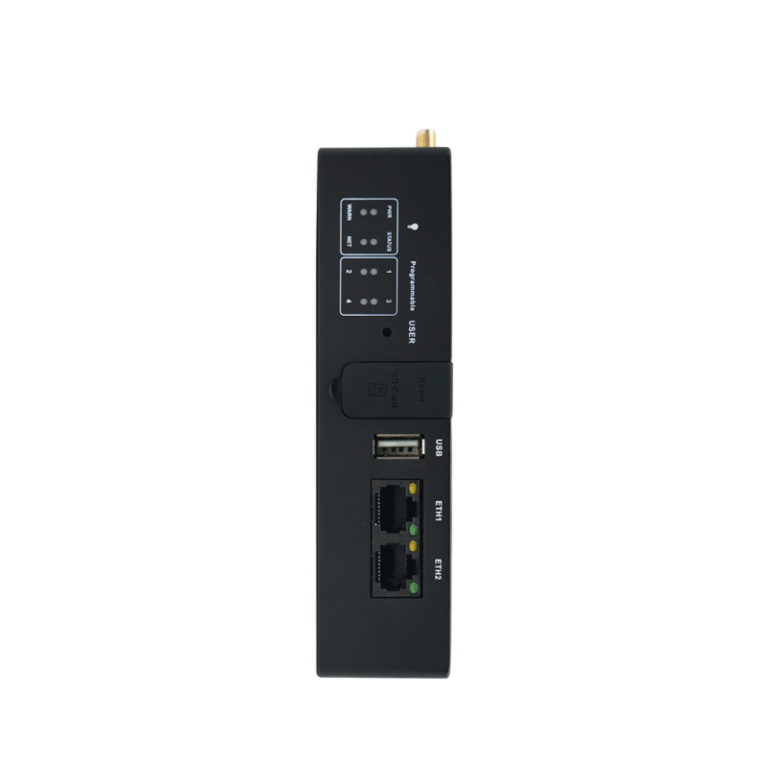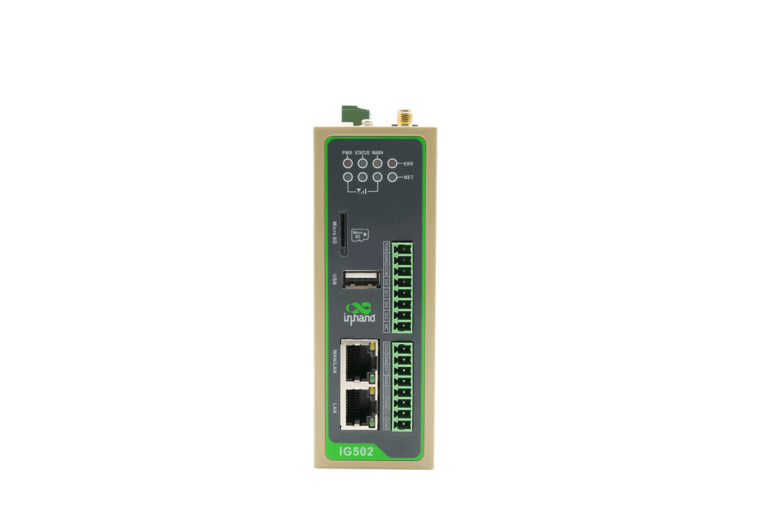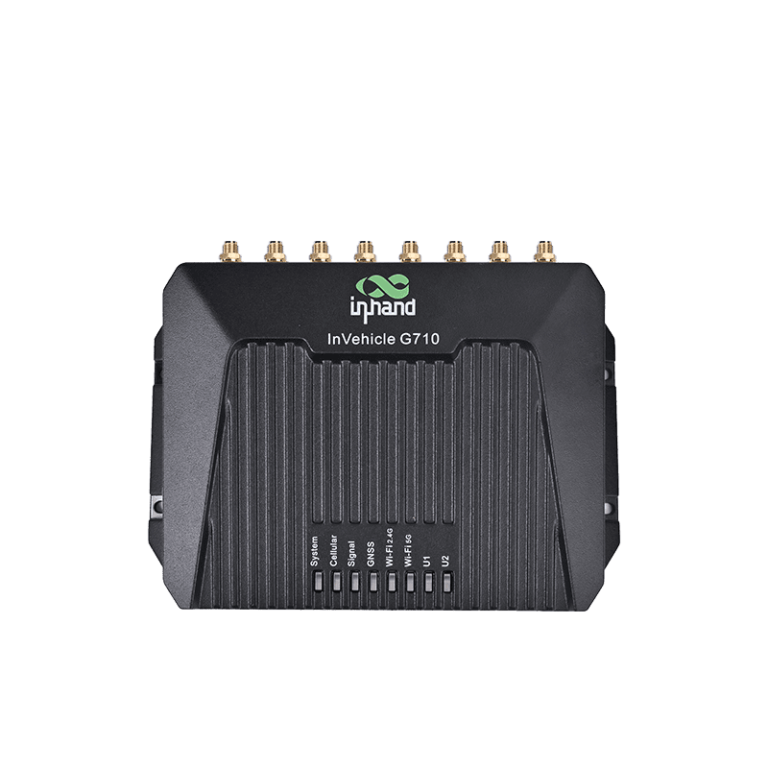Modbus RTU vs. Modbus TCP/IP
The essence of Modbus RTU and Modbus TCP/IP is the Modbus protocol, and they all exchange data by Modbus register address. But what’s the difference between them? Today, we will discuss them from the following aspects.
1. Concepts
Modbus is a standard industrial control data exchange protocol, which can be used for the mutual transmission of protocol data in RTU, ASCII, and TCP/IP. RTU (Remote Terminal Unit) directly transmits data in binary form through serial communication, such as RS-485, offering high efficiency and low overhead. ASCII mode converts each byte of data into two ASCII characters, facilitating human readability but at the cost of lower efficiency. On the other hand, Modbus TCP embeds Modbus protocol data into TCP packets for transmission over TCP/IP networks.
2. Communication Modes
Ethernet and the corresponding communication mode is Modbus TCP. Asynchronous serial transmission, which can utilize various media such as wired RS-232, RS-422, RS-485, optical fiber, and wireless, corresponds to Modbus RTU or Modbus ASCII. The high-speed token-passing network, used in Modicon’s proprietary systems, corresponds to Modbus PLUS.
3. Protocol Encapsulation
Compared with the Modbus RTU protocol, the Modbus TCP protocol adds an MBAP (Modbus Application Protocol) header to the RTU protocol. Since TCP is based on a reliable connection service, the CRC check code used in RTU for error detection is no longer needed in Modbus TCP. Therefore, Modbus TCP does not include a CRC check code.
A popular way to describe this difference is to say that Modbus TCP is essentially the Modbus RTU protocol with an additional MBAP header at the front and the removal of the two CRC check code bytes at the end.
4. Roles in Communication
The Modbus RTU protocol facilitates communication between controllers and between controllers and other devices through serial communication channels such as RS-232 and RS-485. It is widely used in industrial environments where reliable and efficient communication is required over short to medium distances.
The Modbus TCP protocol, on the other hand, is used for communication over Ethernet networks. It encapsulates Modbus protocol data within TCP/IP packets, allowing devices to communicate over local area networks (LAN) or wide area networks (WAN). Modbus TCP operates at the application layer, leveraging the reliable transmission capabilities of the TCP/IP stack.
5. Transmission
The application of the Modbus RTU protocol is limited due to its shorter transmission distance and slower speed. Typically, Modbus RTU is used in environments where the communication distance does not exceed a few hundred meters and the speed requirements are modest, with typical baud rates ranging from 9600 to 115200 bps. Despite these limitations, Modbus RTU remains popular due to its simplicity, reliability, and cost-effectiveness in industrial control systems.
In contrast, the Modbus TCP protocol is widely used because of its capability for long transmission distances and high transmission speeds. Leveraging Ethernet and TCP/IP protocols, Modbus TCP can transmit data over much greater distances, effectively unlimited when using routers and switches, and at much higher speeds, often reaching hundreds of megabits per second (Mbps). These advantages make Modbus TCP suitable for applications requiring high bandwidth and extensive communication networks.
6. Applications
The Modbus RTU protocol is mainly used in electrical automation and process control, generally adopting RS-232 or RS-485 communication interfaces. These interfaces are widely used in industrial environments, providing reliable short-distance communication.
The Modbus TCP protocol is mainly used on the Internet or on intranets. It leverages Ethernet and TCP/IP networks to facilitate communication between devices over local area networks (LAN) or wide area networks (WAN), making it suitable for applications requiring high bandwidth and long-distance communication.
Related Products:


